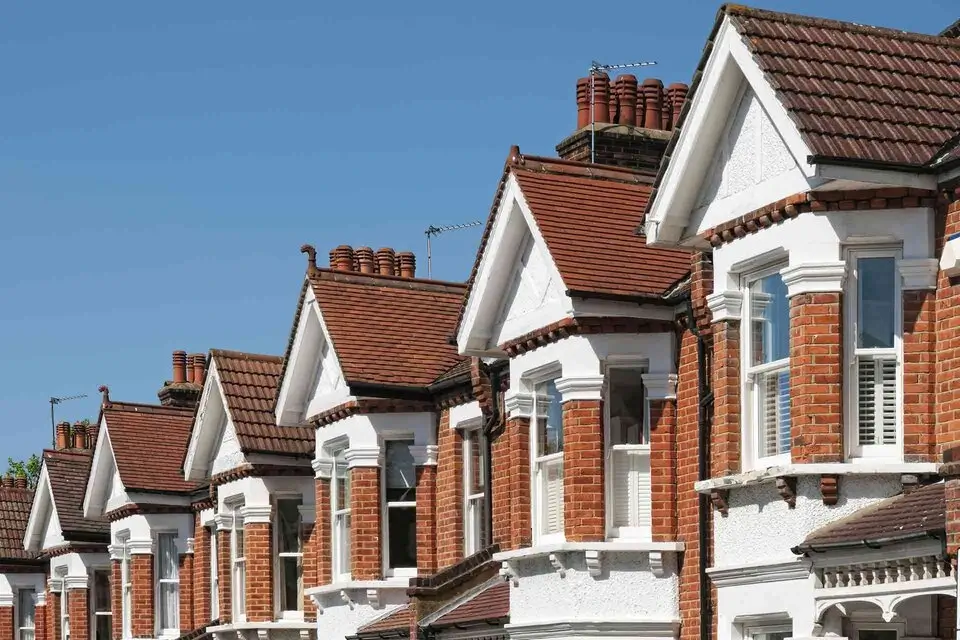Understanding the New EPC Methodology for 2025
In 2025, the UK’s methodology for producing domestic Energy Performance Certificates (EPCs) is being updated. The new version, RdSAP 10 (Reduced Data Standard Assessment Procedure), introduces several important changes that reflect developments in building technology, energy use, and regulatory priorities.
These updates aim to make EPCs more accurate and relevant for property owners, buyers, and landlords — while also aligning better with the UK’s decarbonisation targets. For a summary of how upcoming legislation ties into these changes, read our guide to the EPC rules for 2025.

What Is RdSAP?
RdSAP is the government-approved method used for calculating the energy performance of existing homes. It underpins domestic EPCs in England, Wales, and Northern Ireland. Assessors collect site data — such as heating systems, insulation, glazing, and lighting — and input it into RdSAP-approved software, which generates an EPC rating from A (most efficient) to G (least efficient). For more background on how these ratings are determined, see our post on how EPC ratings are calculated.
Unlike full SAP assessments (used for new builds), RdSAP is designed for speed and consistency in evaluating existing homes using a reduced dataset.
What’s Changing in RdSAP 10?
RdSAP 10 is a significant update over the current RdSAP 2012 (version 9.94), with the changes set to go live from mid-to-late 2025. Here’s what’s new:
Better Representation of Ventilation Systems Properties with mechanical ventilation (with or without heat recovery) will now be assessed more accurately — especially in refurbished or retrofit homes.
More Detailed Heat Loss Calculations RdSAP 10 introduces improved modelling of heat loss from floors, walls, and roofs, especially in older or complex buildings. This should result in more accurate EPC ratings for properties that have undergone partial or non-standard insulation upgrades. If you’re planning upgrades like these, see our guide on how to improve your EPC rating.
Inclusion of Additional Heating Technologies Emerging technologies — such as infrared heating panels and some renewable hybrid systems — are now included. This reflects changes in the market and offers more accurate assessments for homes using low-carbon alternatives.
Energy Use by Zone The update adds multi-zone modelling to better represent how energy is used in homes with more than one heating zone (e.g. upstairs/downstairs systems or zone valves). This is particularly useful in larger or renovated properties.
Expanded Property Data Collection Assessors will record more information during site visits, including evidence of floor insulation, air-tightness features, heating controls, and low-energy lighting. This helps reduce reliance on default assumptions, which could previously impact EPC accuracy. For a walkthrough of what assessors look for, visit our guide to what happens during an EPC assessment.
What It Means for Property Owners
If you’re a homeowner or landlord, RdSAP 10 means your next EPC may look different — even if your property hasn’t changed. In some cases, this could lead to better ratings, especially for well-insulated or upgraded properties where older RdSAP versions relied on default values.
It also means that assessors will require more detailed evidence during site visits, so having documentation like insulation certificates or boiler manuals may help improve your EPC result.
You may also see more variation in EPC pricing, as assessments may take longer and require more in-depth evaluation.
What It Means for EPC Assessors
RdSAP 10 will require assessors to undergo mandatory retraining and software updates. Many domestic energy assessors are already preparing for this, and most reputable professionals will be fully compliant before the changes go live. For assessor training and industry updates, see Elmhurst Energy’s RdSAP 10 update hub.
Site visits are expected to take longer — typically by 20 to 30 minutes — due to increased data collection, especially for windows, heating systems, and ventilation. The added effort, however, leads to better-quality EPCs that reflect the true condition of each property.
When Is It Happening?
RdSAP 10 is being finalised by the Building Research Establishment (BRE) and the Department for Energy Security and Net Zero. The rollout is expected in Q4 of 2025, though timelines may vary slightly as the industry completes its transition.
Once live, all new EPCs for existing homes will be calculated using the updated RdSAP 10 methodology.
Final Thoughts
RdSAP 10 represents the most significant overhaul to EPC calculations in over a decade. While many of the updates are technical, the impact will be real — affecting EPC ratings, property compliance, and future retrofit strategies.
For property owners and landlords, the update means more accurate and fair assessments. For assessors, it marks a shift toward more detailed data gathering and a better reflection of each property’s true energy performance.
Need an EPC? Our network of qualified, independent energy assessors handle both domestic and commercial EPCs. Visit the Areas We Cover page to find your local assessor.
